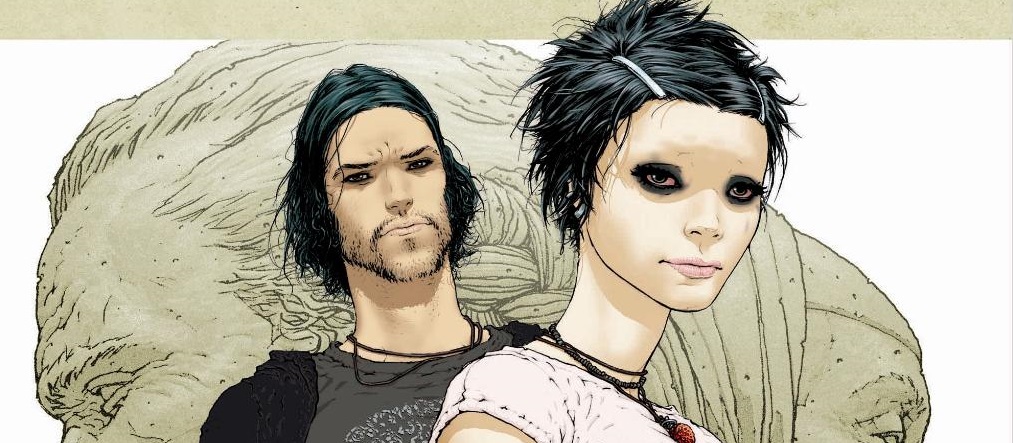Millarverse Break(ing)down
The best kept, but best guessed, secret in comics is finally out. What I mean by that is that Mark Millar’s “Millarverse” set-up has been long awaited. Yet, in that long time since he’s intimated that he would be explaining it, there’s been plenty of guesses. Some of which came astoundingly close to the real answer. Overall though, how does the official breakdown of how the Mark Millar universe hold up under scrutiny?

The fact of the matter is that the real thing pulling against this from the very start is the fact that these all came out in not quite a chronological order. Due to the time-frame given at the very end of
Kick-Ass 3, one can tell that
Nemesis,
The Secret Service,
Superior, and
MPH all happen relatively close to each other. The problem being therein that due to the weird retro-active release schedule you get the very same negative idiosyncrasies that are liable to pop up. Stuff like
Superior showcasing a scene featuring President Barack Obama and
Nemesis having “Generic President #235”. The lack of cohesiveness is one of the biggest things that stops one from really taking this wholeheartedly.
Similarly, it’s the very limited time-frame that is also just not doing this universe any favors. As far as one can tell, everything occurs at the tail-end of the whole
Kick-Ass series. A year or year and a half judging by Kick-Ass’ very own narration in the series’ final pages. That is just a lot of global, or at least very, mayhem to have. It becomes especially glaring in two respects. The first of these being that Millar has described the main thrust of this universe being the re-emergence of the super-powered aesthetics to the world. He has called it a sort of “Darwinism” that the world is upping the ante ever since Kick-Ass donned the wet-suit.

The problem with that idea, street vigilante to super villain to super powers to super-hero, is that the final steps happen in one lump sum. The theme may be escalation, but it’s not the actual tone of things. Although it is a pretty interesting idea to play up. The second respect is that Millar has revealed that the main brunt of his universe is, in fact,
Wanted. That the world that all of these characters inhabit used to be a super-world and that they are now ushering that back in. The problem with this is that
Wanted itself has this world be ruled by the super-villain elite. Something that presents its own obvious problems, the main being: “Where are they during the rest of these series?”
The Fraternity not having a presence in
Kick-Ass and
The Secret Service is understandable enough, but Superior is where it strains credulity. The return of a bonafide super-hero, and yet there’s not a real response to it on that angle. While the obvious answer is that Superior was originally written to be stand alone, that only means that the timeline could have been worked out a few more times. The intent behind it is actually the best part of it, however. It brings to the forefront a very rarely acknowledged side of Millar: his hopeful and optimistic side. People like to cast him in a very negative and “edgy” light, but the whole set-up of this does go a far way into combating that notion.

Overall, while it does have it’s many faults, this was an act that did uplift one of Millar’s most infamous works:
Wanted. The shared universe makes the really depressing and wantonly insulting note that Wanted ends on into a fallible one. One that has an expiration date and can be combated. It makes it the all too ready end-game villain. Millar has said that he is planning some sort of endgame way down the line, and who did not read
Wanted and didn’t want to see The Fraternity get their just desserts? Millar also did the smart thing in keeping
SuperCrooks and
Jupiter’s Legacy their own separate thing. So, now that the cat is out of the bag, comments and thoughts would be appreciated below